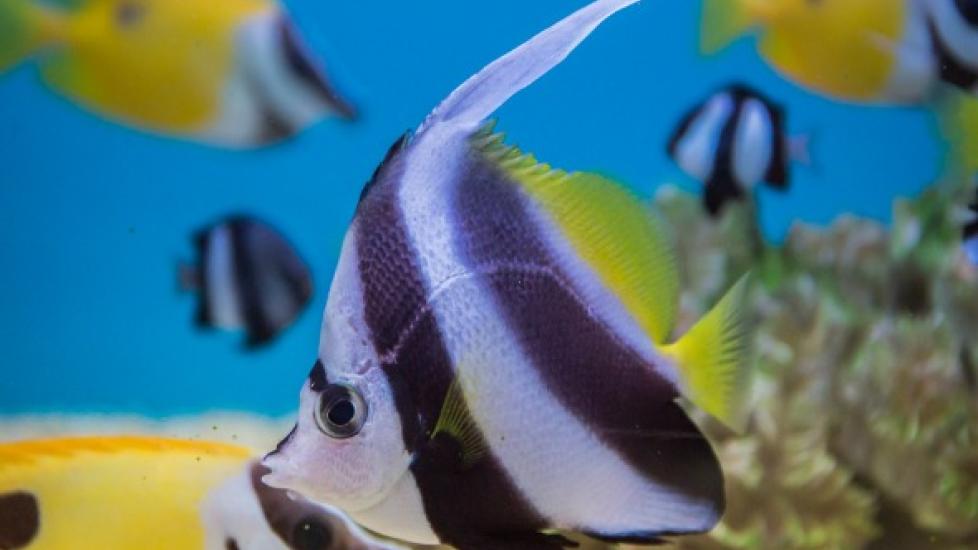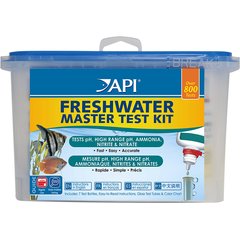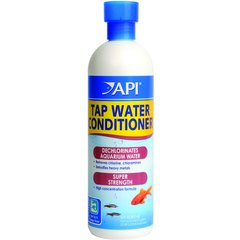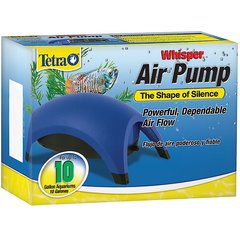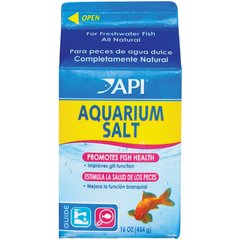5 Facts About Angelfish
By Cheryl Lock
If the extent of your knowledge about angelfish is that they’re brightly colored, you’re probably not alone. Despite the fact that angelfish are popular pets among aquarium enthusiasts, many fish owners or prospective buyers might not know much about these exotic-looking swimmers, or how to properly care for them.
In an effort to help you learn more about your angelfish, here are five interesting facts about these fish.
Fact #1: Angelfish Can Be Aggressive
Dena Edwards, President of The Angelfish Society and an angelfish breeder for 10 years, said she often hears complaints from new angelfish owners about their fish eating other fish. “In the wild, angels eat neon tetras, so it should especially be no surprise that this breed will eat neons in an aquarium,” she said.
In fact, Edwards said that while angelfish may initially appear to get along with other fish in the same tank, that doesn’t mean that they’ll continue to keep the peace when sharing a tank over the long-term. “Angels also tend to become more aggressive while protecting a spawn, and they’re known to go to war over territory when they feel cramped,” she added.
For these reasons, angelfish should be kept in their own tanks separate from any other breeds of fish, or all fish (including your angelfish) should be introduced to a new habitat at the same time to avoid any territory issues. Tank size will also be particularly important when it comes to owning angelfish. According to Edwards, plan to have a 20-gallon tank for one angelfish, then add 10 gallons of tank size for each additional angelfish you plan to keep.
Fact #2: Domestic Angelfish Come in Almost Every Color of the Rainbow
With the isolated mutations that have occurred in the aquarium environment over the past 50 years, angelfish come in a wide range of colors to suit nearly every preference. If you’re having trouble deciding which color angelfish to take home, rest assured that whatever color you pick won’t affect the personality or temperament of your fish, Edwards said. As long as your angel doesn’t feel cramped in its environment (for example, not having enough tank space, overcrowding in the tank, too much décor), it will have a milder temperament; however, once it’s aggression is triggered, angelfish tend to remain that way, she added.
Fact #3: Angelfish Are Carnivores in the Wild, but Require a Mixed Diet in Captivity
In their natural habitat, angelfish usually eat mostly insects and arthropods, said Gregory A. Lewbart, MS, VMD, Diplomate of the American College of Zoological Medicine and professor of aquatic animal medicine. In captivity, however, their diets tend to consist of a mix of commercial food (prepared flakes or pellets) and live, frozen or dehydrated arthropods, like brine shrimp or mosquito larvae. “A balanced diet with a mixture of foods is a good idea,” he said. “While research has found live foods to be of benefit, I'm cautious about live food use, as there is a greater risk of disease transmission compared with frozen or dehydrated feed."
Fact #4: Angelfish Are Prone to Diseases
Angelfish often fall victim to certain diseases they’re prone to, like Hexamita (a parasite that results weight loss, increased stool production, color change and decay of fish skin, producing hole-like lesions), freshwater Ich (a protozoal parasite infection that causes white spots on freshwater fish bodies and gills), and Columnaris (or “cottonmouth,” produced by infection with a column-shaped bacteria in unsanitary conditions that cause cotton-like lesions that eat away the mouth and disintegrate the fins), Edwards said, making proper diagnosis and treatment important to their care.
“Before dumping drugs into a tank, step one is to diagnose the disease,” she said, adding that many drugs can cause organ damage to angelfish if not used appropriately. “The number one way to guard against disease is to always quarantine new fish for a minimum of four to six weeks.”
And of course, if you think your angelfish has caught something, always take it to a veterinarian for proper diagnosis.
Fact #5: Introducing Your Angelfish to an Aquarium Will Take Time
Angelfish are sensitive to drastic changes in water temperature and quality, so acclimation is the key to successful aquarium introduction. There are a few ways this can be done, Edwards said, and both involve slowly acclimating the new fish to the tank water by temporarily holding them in a container and adding tank water. This can be done directly in the plastic bags the fish are brought home or shipped in or in a bucket.
To properly acclimate your angelfish to its new home, Edwards recommends the following:
- Step 1: Float the bags containing the fish for at least 15 minutes in the tank that will be used as the quarantine tank to ensure the fish inside the bag are adjusted to the water temperature. This tank should be void of any other fish and be large enough to accommodate your new fish.
- Step 2: Test the pH of both the bag water and the tank water — the greater the difference in pH, the slower water acclimation. According most experts, the ideal water pH for an angelfish is between 6.0 and 7.5. When there is a greater than 0.4 difference in pH between the bag and tank water, sensitive fish are more likely to suffer and potentially die from the change. If there is less than 0.4 difference, the fish can be netted out and placed into the quarantine tank. When the difference is greater than 0.4, continue with the water acclimation process below.
- Step 3: Begin water acclimation by transferring about a half cup of tank water every 15 to 30 minutes into the fish bag. Once the bag fills, carefully remove about 75 percent of the water (water removed should always be dumped, never put back into the tank), and continue the acclimation process. Acclimation can take anywhere from a few hours to an entire day, depending on how much of a change your fish will need to adapt to. Once your fish are not visibly pumping their gills or showing other signs of distress, you’ll know the acclimation process is complete, and you can net out the fish and place them into the quarantine tank.
- Step 4: It can take time for disease to become apparent, so Edwards recommends holding new fish in quarantine for a minimum of four to six weeks. “It has been my experience that disease crops up between three to five weeks, and I don't want to expose my existing fish to a disease when I can so easily avoid it,” she said.
Image: Tearsze2712 via Shutterstock
